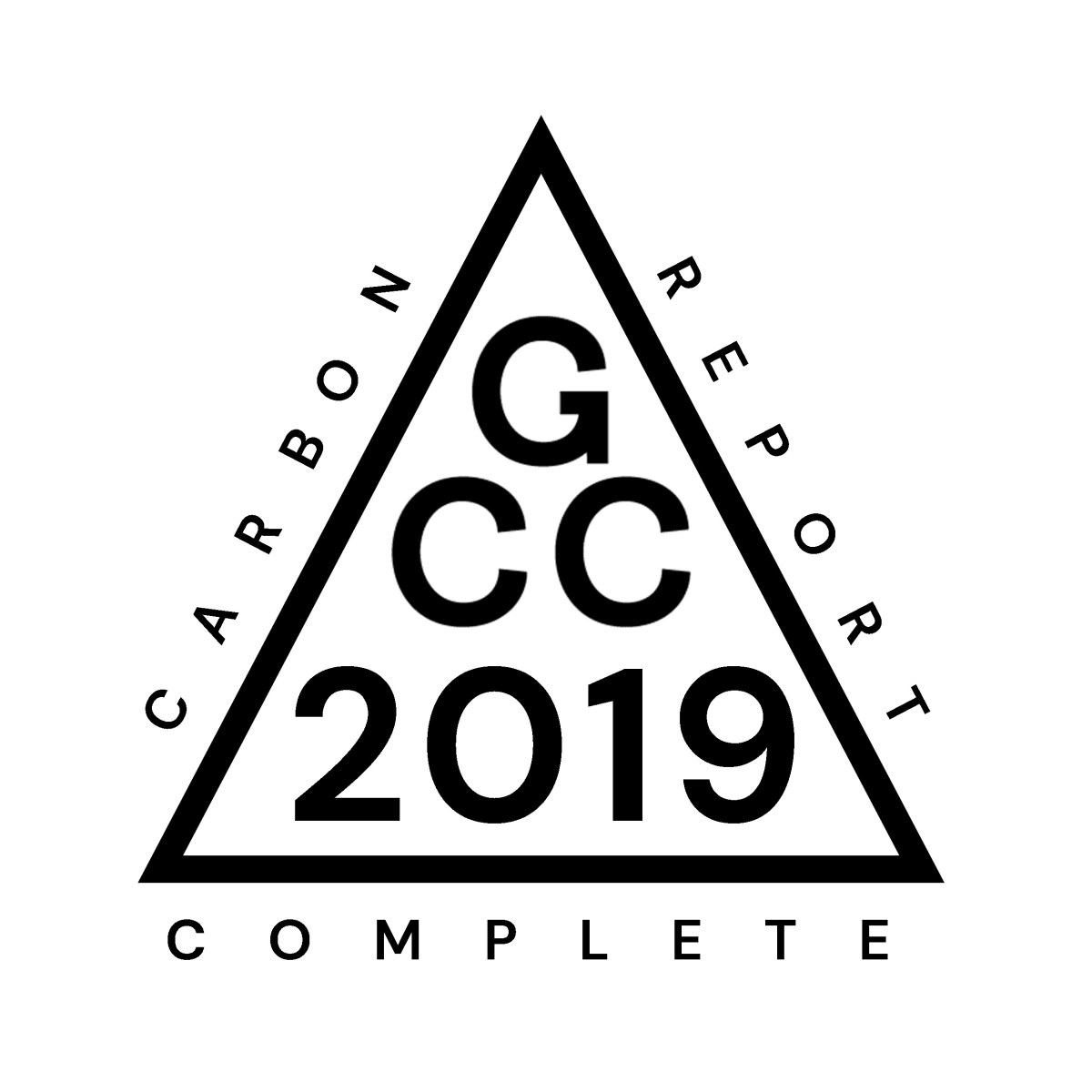Explainer: Why do we ask for a 'baseline' carbon report?
Completing regular carbon reports is a core coalition commitment — each and every member has pledged to do this — and is vital to understanding and taking responsibility for the carbon emissions of the art sector.
Why do we recommend starting with 2019? Before we can start talking about 2030, we need an accurate starting point, and 2019, as the last pre-Covid business year, will supply us with the most useful and relevant figures on which to base our reduction targets.
“Any organisation that wants to continue to exist and fulfil its function in 10 years time has to take this seriously.” - Danny Chivers, GCC Environmental Advisor speaking to Artnet.
Those that aren’t able to calculate a 2019 baseline figure can use 2021 as an alternative. However, we would not accept a baseline figure from 2020. This is because there was a significant drop in global greenhouse gas emissions in 2020. In 2021 they bounced back up to approximately 1% higher than 2019, and in 2022 they rose again.
For the purposes of target-setting, a 1% difference between 2019 and 2021 is close enough for our members to use 2021 as their baseline for 50% cuts by 2030 if necessary. However, you might prefer to use 2019 if possible, as the art market report suggests that the art trade was slower to pick up post-pandemic than the wider economy, meaning that many arts organisations probably still had a lower carbon footprint in 2021 than in 2019. So setting a 50% target against a 2021 baseline may be a bit more ambitious than a 2019 baseline for many organisations.
GCC will continue to refer to a 50% reduction from a 2019 baseline as the preferred standard for GCC members, however, for any organisations where that would be very challenging or wouldn't make sense (eg if they were founded post-2019, or have grown rapidly in the last few years), we can allow them to set a target against a 2021 baseline as an acceptable alternative that would still keep you broadly in line with global climate targets for 1.5 degrees.
Good to note, that in all cases, these 50% targets should just be seen as a minimum starting point, with the aim of encouraging members to push for 70% or greater reductions as things progress over the next few years.

